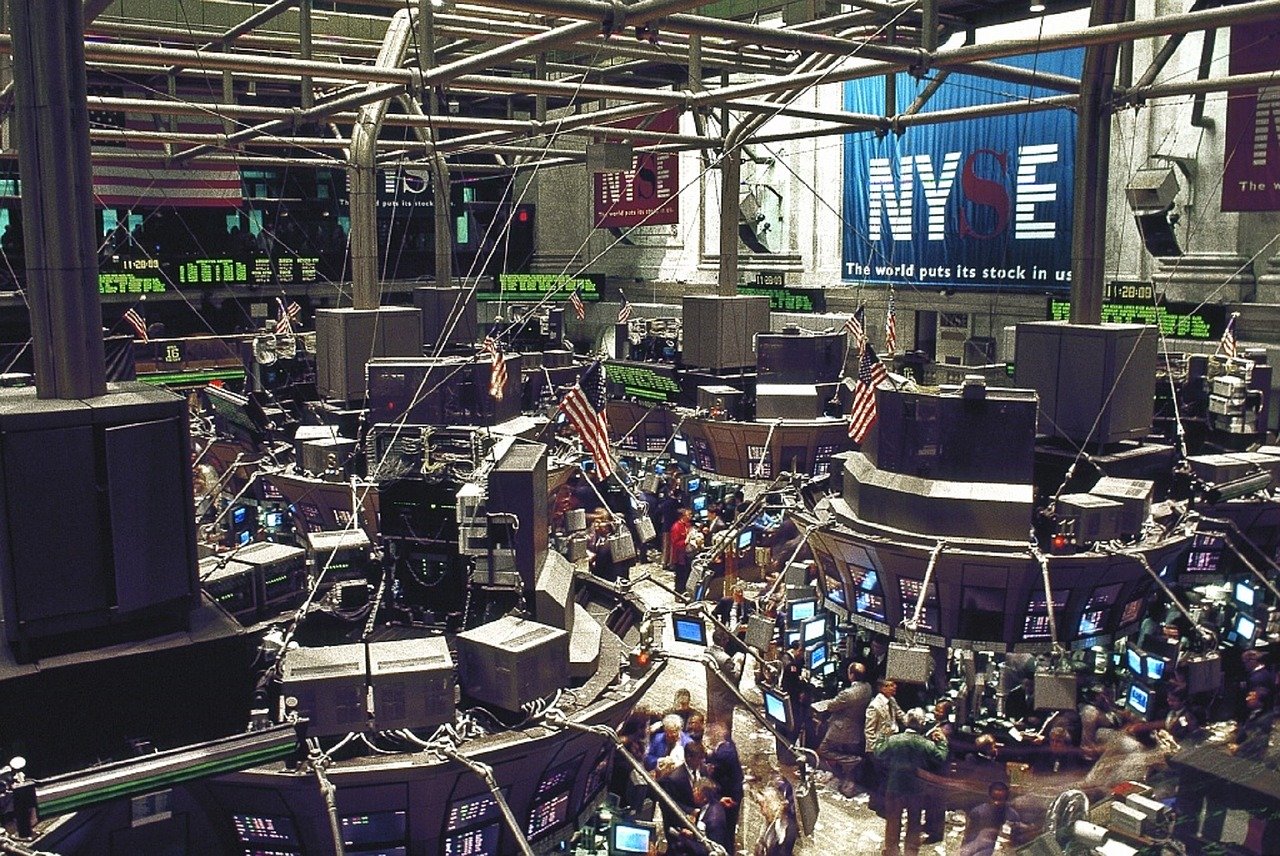Getting into cryptocurrency trading for the first time can feel like drinking from a fire hose. There is an excessive amount of information you need to understand before making your first trade and not enough resources provide clear content that is easy to understand.
Most investors in the traditional financial market don’t directly deal with exchanges. Exchanges are typically a degree of separation away from investors. Instead, many investors will manage their assets through brokers, fund managers, and other financial products.
Although these traditional financial services make it easier for investors to manage their investments, that means most investors have never placed a trade directly with an exchange. The average person would therefore not have a deep understanding of how exchanges operate.
In the cryptocurrency space, the vast majority of investors trade their funds directly on an exchange. Each investor tends to have one or more accounts open with various cryptocurrency exchanges. Some of the more popular exchanges include Binance, Coinbase Pro, Bittrex, and Kraken.
To become a proficient crypto investor, we will need to grasp the core concepts for how exchanges operate. Additionally, we must learn the terminology and concepts that have become standard for investors who are managing their portfolio through exchanges.
One element of an exchange that investors must understand before placing their first trade is the exchange order book.
Throughout the rest of this article, we will discuss the purpose of the exchange order book and how it is used to execute trades on an exchange.

On Coinbase Pro, we can find the order book to the left of the candlestick chart where it says “Order Book”. Here we see the current open orders available on Coinbase Pro for the designated trading pair. In this specific image, we are looking at the “BTC-USD” trading pair (as seen in the top left corner).
What is an exchange order book?
Simply put, the order book is the list of all open orders that are currently available on an exchange for a specific trading pair. An open order is essentially another investor saying they are willing to buy or sell an asset at a specific price.
An example of an order book could be for the BTC/USD trading pair. The order book will have the corresponding buy and sell orders that customers have placed on the exchange to either buy or sell Bitcoin for US Dollars.
In this case, the price of Bitcoin is using USD as the quote currency. That means the price of Bitcoin would be in terms of USD on the order book. For example, there could be a buy order to buy Bitcoin at the price of 5,000 USD on the order books.
Exchanges will often have multiple trading pairs. That way you can buy or sell a variety of different assets. Instead of only having a BTC/USD pair, they may also have ETH/USD, LTC/USD, and XRP/USD trading pairs. These trading pairs would allow you to buy or sell Ethereum, Litcoin, and XRP for USD on the exchange.
Some exchanges have as many as hundreds of different trading pairs.
We can think of the order book as a market place. This is where people are buying or selling Bitcoin in exchange for USD. Anyone is able to come to the order book and place an open order. That open order will remain on the order book until the person that placed the order either cancels the order or someone else agrees to take the open offer.
For example, if someone places an open order on an exchange to buy Bitcoin for 5,000 USD, someone else on the exchange will need to agree to sell Bitcoin at the same price of 5,000 USD.
Placing an order does not guarantee someone else will agree to take the offer. If anyone on the exchange places a better offer than the one we place, then the better offer will be taken first.
An example would be if we placed an order to buy Bitcoin for 1 US Dollar. That order will be placed with the exchange and left open on the order books, but we cannot expect anyone to take this offer under reasonable circumstances.
Since other customers will place higher offers to buy Bitcoin at 1,000 USD or 7,000 USD, other traders on the exchange must first take those better offers before they can take the 1 USD offer. The requirement to take the best offer is enforced by exchanges so customers don’t accidentally take a worse offer than the best one available.
To execute an order in a timely manner, we should either take an available offer on the exchange or place an open order at a good price so the order is likely to be taken by another trader.
How do we use the exchange order book?
An example order book on Coinbase Pro.
When we place an order on the exchange, we have two options. Either we can place an open order on the exchange for someone else to take or we can take someone else’s open order that is already available on the exchange.

Let’s take the Coinbase Pro order book as an example.
This order book shows the available open orders for the BTC/USD trading pair. If we wanted to buy Bitcoin, we could use this order book to trade US Dollars for Bitcoin.
In this order book, we can see the current lowest price that someone is willing to sell Bitcoin is 9745.01 USD. At the same time, the highest price someone is willing to buy Bitcoin is 9745.00 USD. That amounts to a difference of 1 cent.
The small gap between the lowest selling price and the highest buying price is called the spread.
When we decide to buy Bitcoin, we can either place an open order on the buy side (green text) or take the best offer on the sell side (red text). Since the best offer on the sell side is 9745.01 USD, we can instantly take that available offer to get Bitcoin.
Otherwise, we would need to place an open order for less than or equal to 9745.00 USD on the buy side. These open orders would need to wait until someone else agrees to sell at the open order price. There is no guarantee someone else will ever agree to sell at the open order price, so we don’t know how long it will be until we get our Bitcoin.
Typically, exchanges charge higher fees for traders who take orders (acting as a taker) rather than place open orders for others to take (acting as a maker). The reason for exchanges charging higher fees for being a taker is because it removes liquidity from the trading pair, where acting as a maker increases the liquidity of a trading pair.
A patient trader may be more interested in reducing fees by placing open orders, while an opportunistic trader may want to take advantage of market opportunities by executing trades quickly, even if the fees are higher.
Happy crypto trading!






